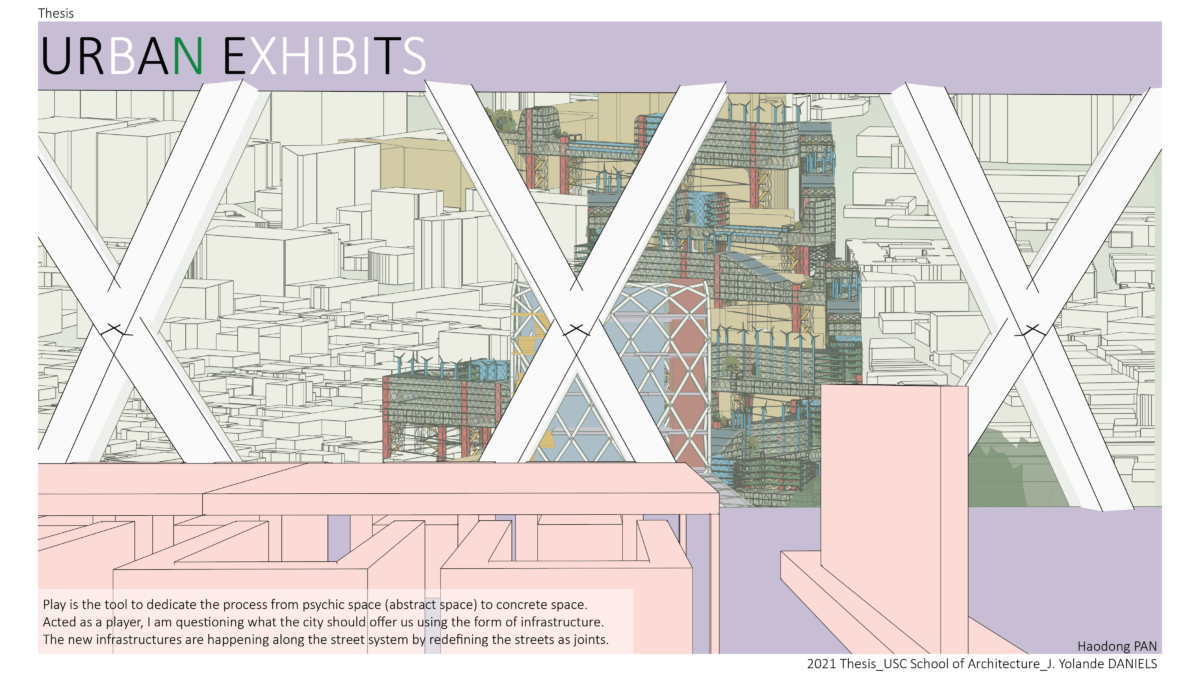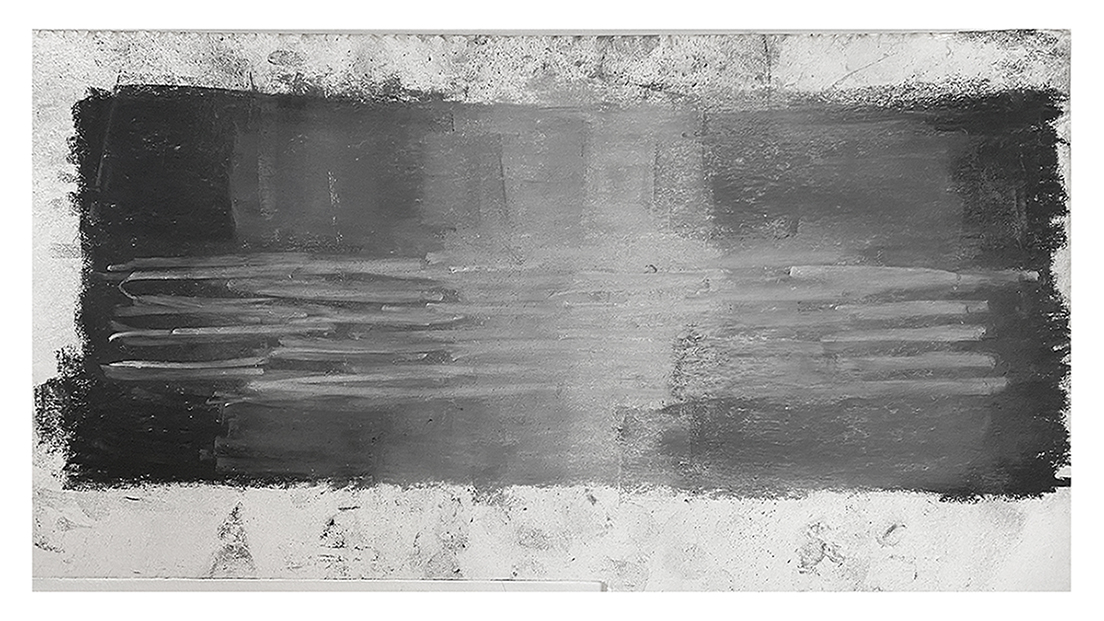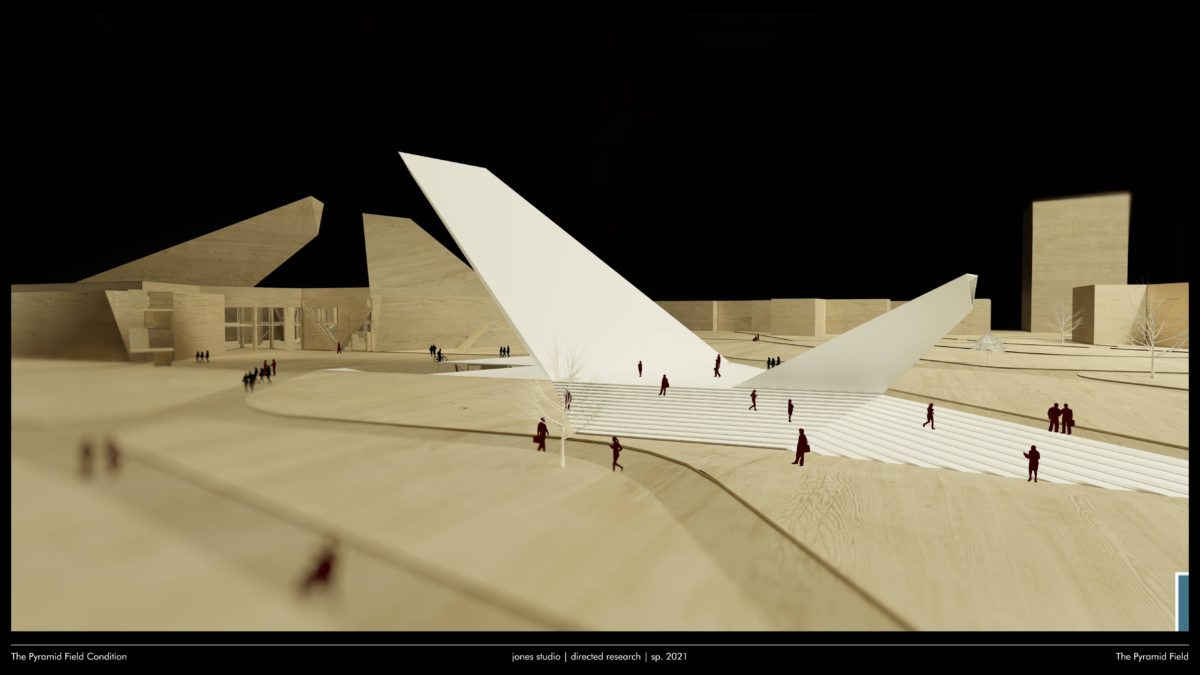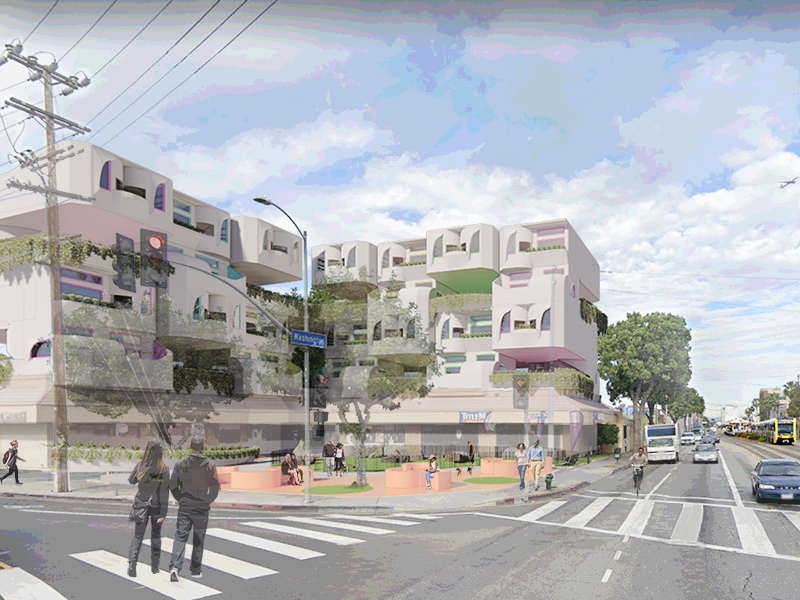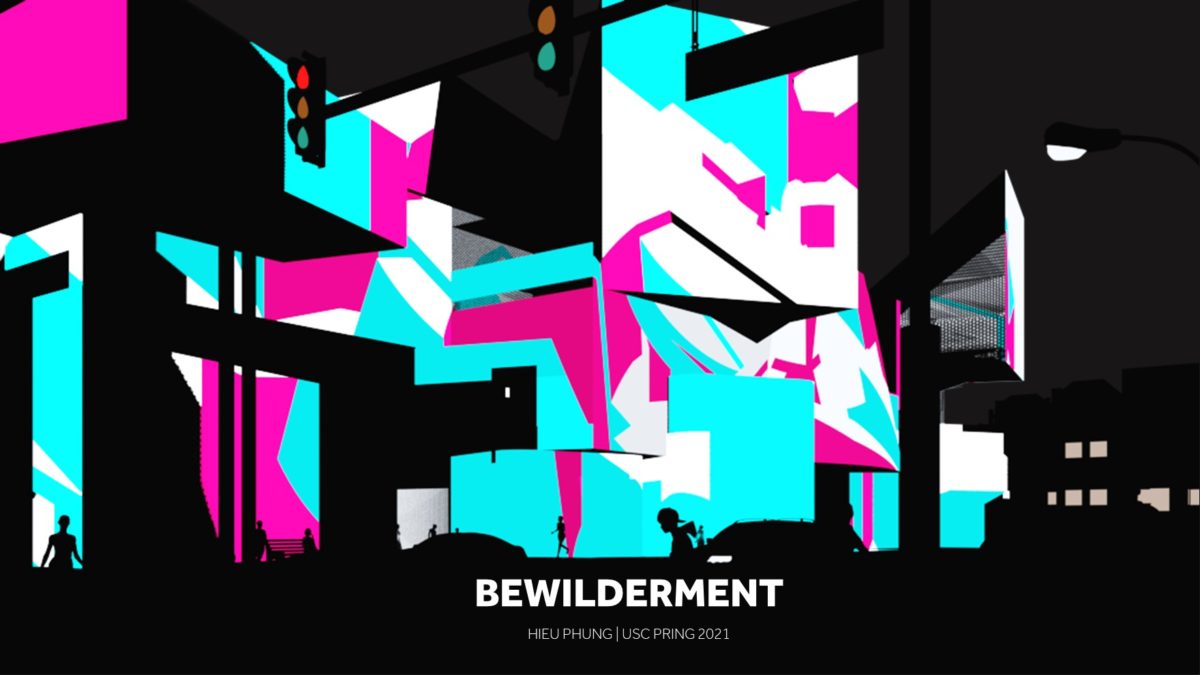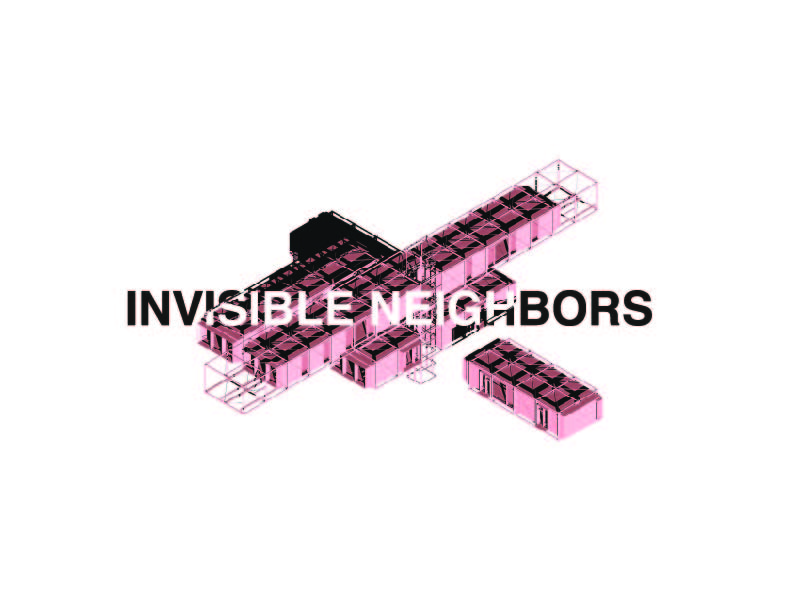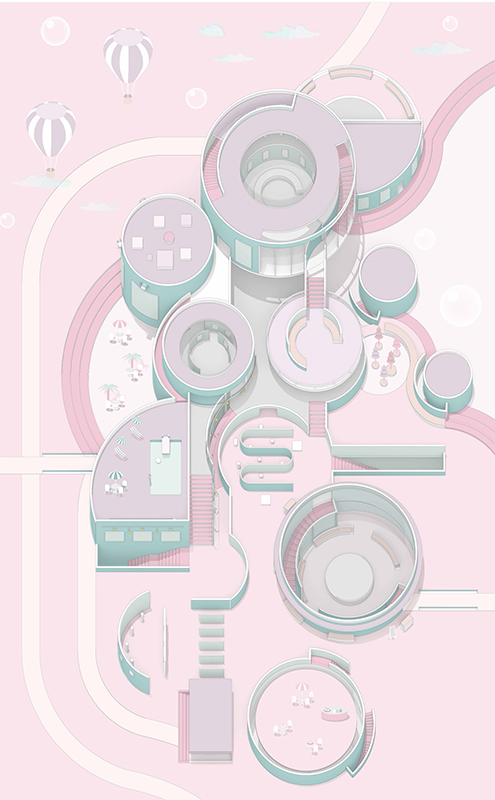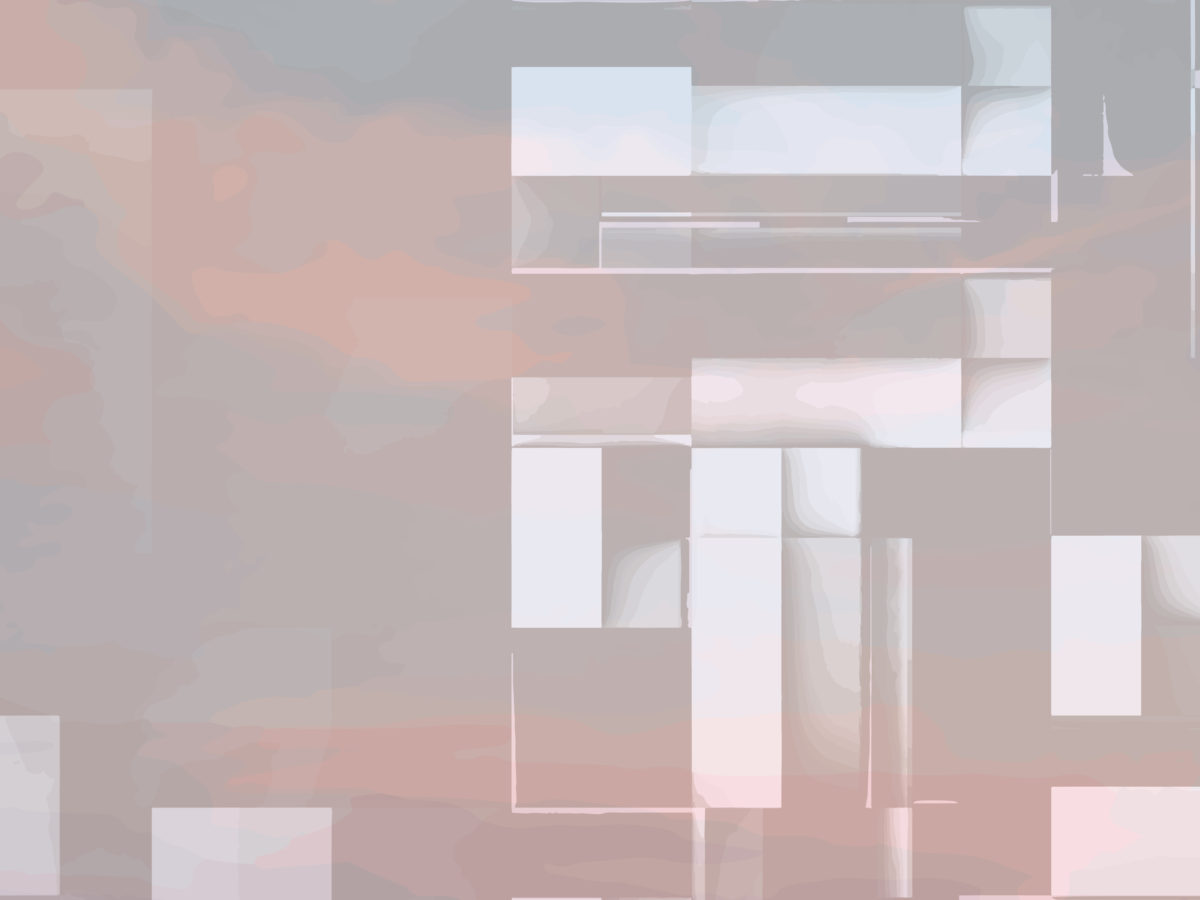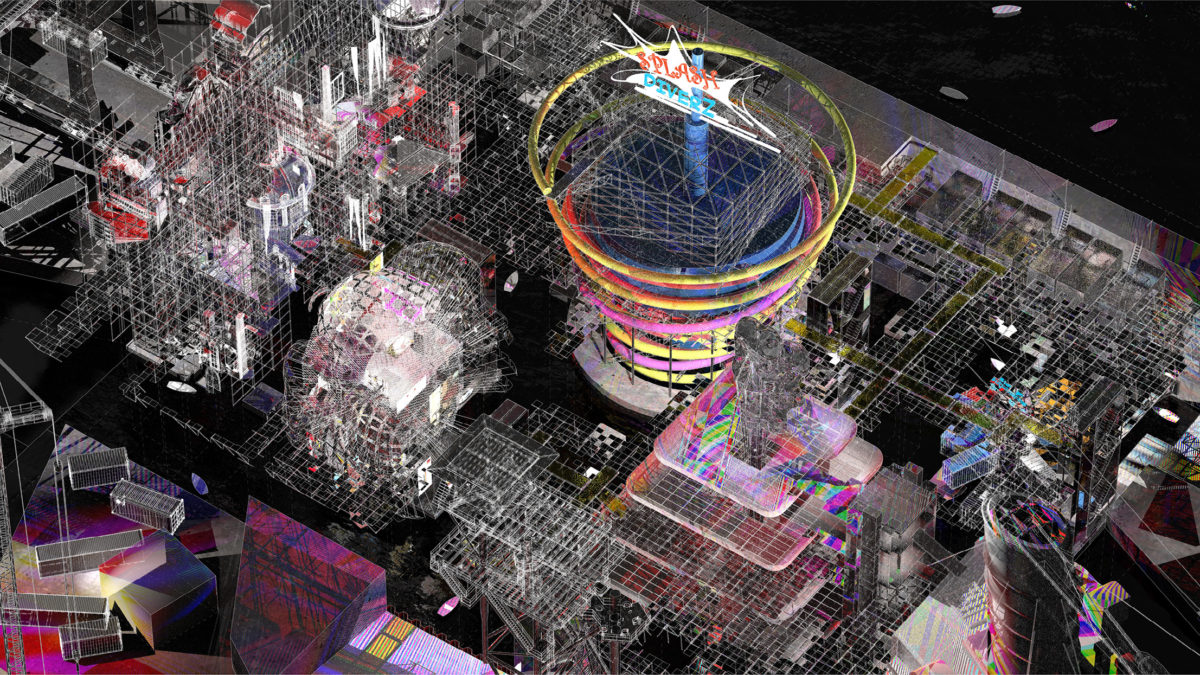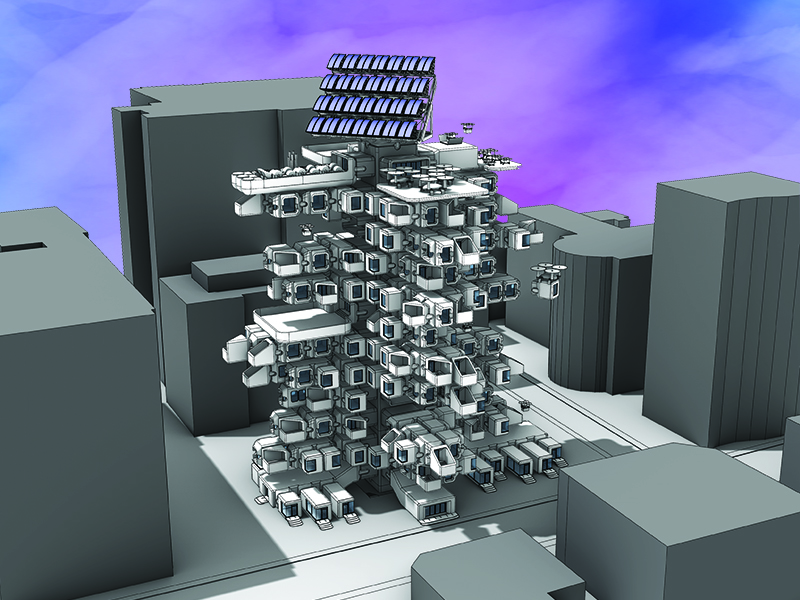We all know that a city is built in the minds of its residents. Similar to society, a city constitutes something intangible, a bundle of inconceivably complex social relations, mediated by a shared idea. In their two drawing series LA To Be Done and LA Recalculated, the British architecture duo Smout Allen recognize the value of Los Angeles as urban scale laboratory.
I propose a conceptual cut of the city discarding everything between latitude 33.8 to 34.0. This causes the upscale residential neighborhood Bel Air to be adjacent to the industrial Pacific port district Long Beach. My resulting site is a 300ftx300ft hybrid of mountains and sea, of the spoils of globalizations and its imposing implementation, and of a reclusive ultra-elite and an exposed working class torn between their occupation in trade and their desire to use some of their fireworks on their trading partners.
Like Los Angeles, my thesis is a composite of disparate communities, united by the shared idea of a city. I construct an architectural-urban metaphor—a compressed conglomerate consisting of parts of Long Beach and Bel Air: Long Air, or L.A.
